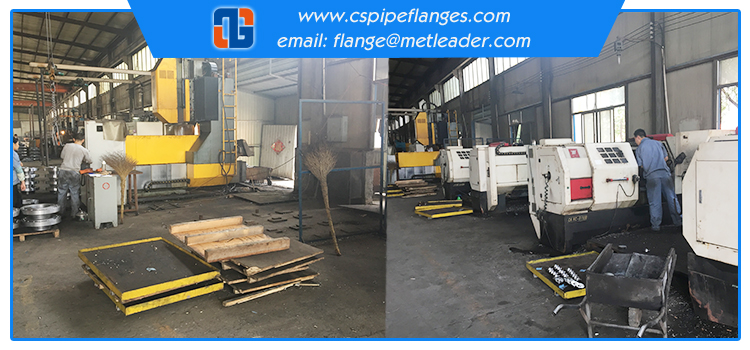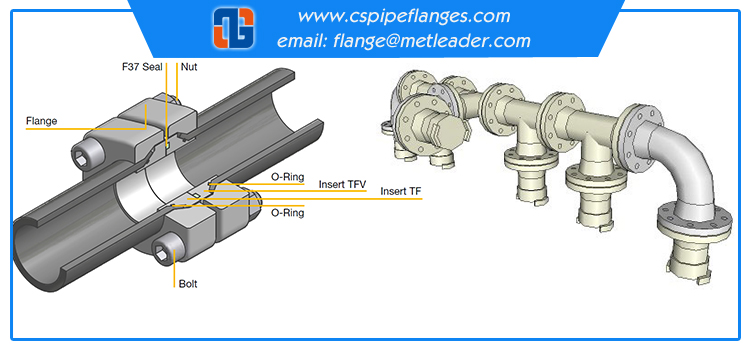slip on flange welding process
The welding method used for the slip on flange and the pipe connection is the socket weld, and the weld is the fillet weld.
slip on flangeand pipeline connection, flange welding only need one-sided welding and do not need to weld the pipe and flange connection of the inner port, butt welding flange welding installation needs flange double-sided welding. So slip on flangeis generally used for low and medium pressure pipeline, butt welding flange for medium and high pressure pipeline connection, butt welding flange is generally at least PN2.5 MPa, butt welding is used to reduce stress concentration, the general butt welding flange is also called nipple flange.

slip on flangefeatures: slip on flangenot only saves space and reduces weight, more importantly, to ensure that the joint will not leak, has good sealing performance. The size of the compact flange is reduced by reducing the diameter of the seal, which will reduce the cross-section of the seal surface. Second, the flange gasket has been replaced by the sealing ring to ensure that the seal faces the matching of the sealing surface. As a result, only a small amount of pressure is needed to compress the sealing surface. As the required pressure decreases, the size and number of bolts can be reduced accordingly, so a new product with small volume and light weight (70% – 80% less weight than the traditional flange) is finally designed. Therefore, slip on flangeis a kind of high quality flange products, which reduces the quality and space, and plays an important role in industrial applications.

slip on flangesealing principle: two sealing surfaces of bolts squeeze each other flange gasket and form a seal, but also lead to seal damage. In order to maintain the seal, it is necessary to maintain the huge bolt force, so the bolts need to be bigger. The bigger bolts match the bigger nuts, which means bigger diameter bolts are needed to create conditions for the upper nut. However, the larger the bolt diameter, the applicable flange will become bent, the only way is to increase the thickness of the flange part. The entire device will require enormous size and weight, which is a particular problem in offshore environments, where weight is always a major concern. And, fundamentally, flat-welded flanges are ineffective seals that require 50% bolt load to extrude gaskets, and only 50% load to maintain pressure.




